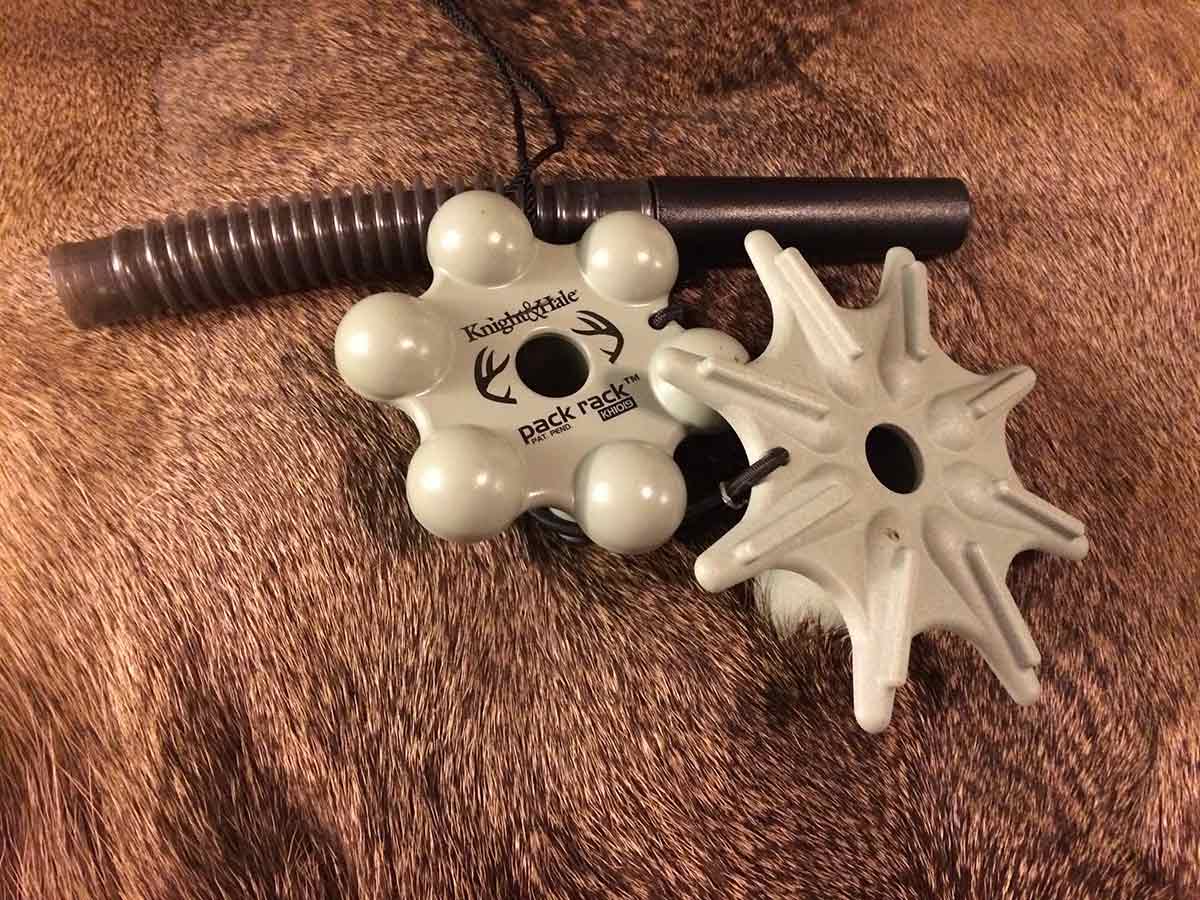
Rattling deer is a new technique that’s starting to catch on in the Northeast.
Bob Frye/Everybody Adventures
Putting on organized drives, still hunting, sitting in a stand or blind, even sitting down on a stump and waiting for somebody else to move whitetails.
Those have long been the techniques used by hunters pursing deer in the Northeast.
But rattling deer? Not so much.
“If you ask a bunch of guys in the Northeast who’s rattled in a buck, a fraction raise their hand. If you ask in Texas, everyone raises their hand,” said Mike Stroff, host of Savage Outdoors TV and operator of Southern Outdoor Experience Hunts, a Texas-based guiding service.
“That’s because it’s just a different game altogether.”
Rattling works best when buck and doe numbers are fairly evenly matched, he said. For decades, that wasn’t the case in the Northeast.
Things have changed, though, and rattling – whether using real antlers, plastic ones or even other tools that look nothing like antlers but sound like them – is becoming more widely used.
It can work, Stroff added. But there are some things to consider, he added.
For starters, hunters have to understand that rattling means giving away your position.
“Almost every time that I rattle a deer in, whether it’s in Texas or Illinois or wherever we’re hunting, if it’s a mature buck, he’s coming from downwind. Almost every time,” Stroff said.
“And here’s the other thing to keep in mind. When you rattle – and if you don’t think this is right, you’re wrong, I promise this – he knows where you are, exactly to within feet of where that sound came from. He’s going to know exactly where it’s at.”
That necessitates short rattling sessions, Stroff said. He’ll rattle, adding in a few tending grunts, then wait 30 to 40 minutes before repeating that.
“Don’t get into long, drawn-out calling cycles because if it’s working and he comes fast, he’s going to bust you,” Stroff said. “Keep them short and sweet.”
Be alert for sneaky deer, too. Think about where you’d expect a deer to come from, Stroff said. Sometimes bucks, even the biggest in an area, will approach like they’re spying on the area before committing to showing themselves.
“He doesn’t have to visibly come in a field or food plot just because he heard a fight. He can just work the tree line, just inside of the woods, and scent check and if he doesn’t smell what he wants to smell, he just leaves,” Stroff said.
Another deer hunting tip
Are you hunting deer in an urban area? If so, think about deer repellents.
Maybe that sounds crazy.
But commercially-sold sprays meant to keep deer out of gardens, off house plants and the like can work in the very short term, said C.J. Winand, a Maryland-based deer biologist.
The idea behind using them is to direct deer movements.
When hunting the suburbs, for example, shooting lanes are often limited by houses and other people-centric features. Then, Winand said, he tries to make deer4 go around them in a particular direction.
He’ll sometimes spray deer repellant on some of the trails deer may use. He targets those where he can’t shoot.
At least at times, he said, that will cause deer to walk around a house on his side, presenting a shot.
“I have a spray bottle. It’s simple to use and very cost effective,” he said. “Spray it.”








